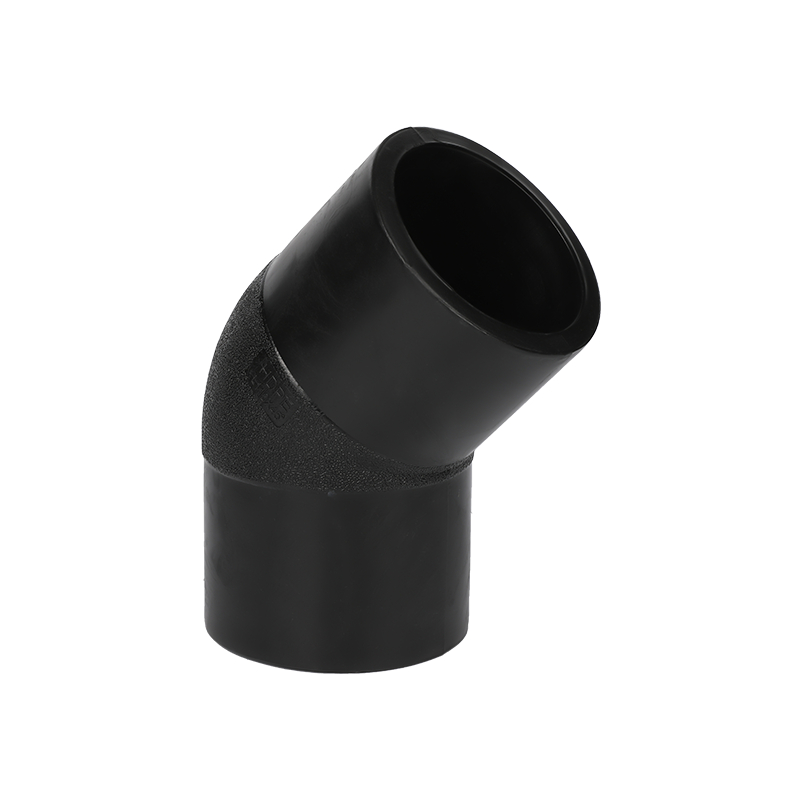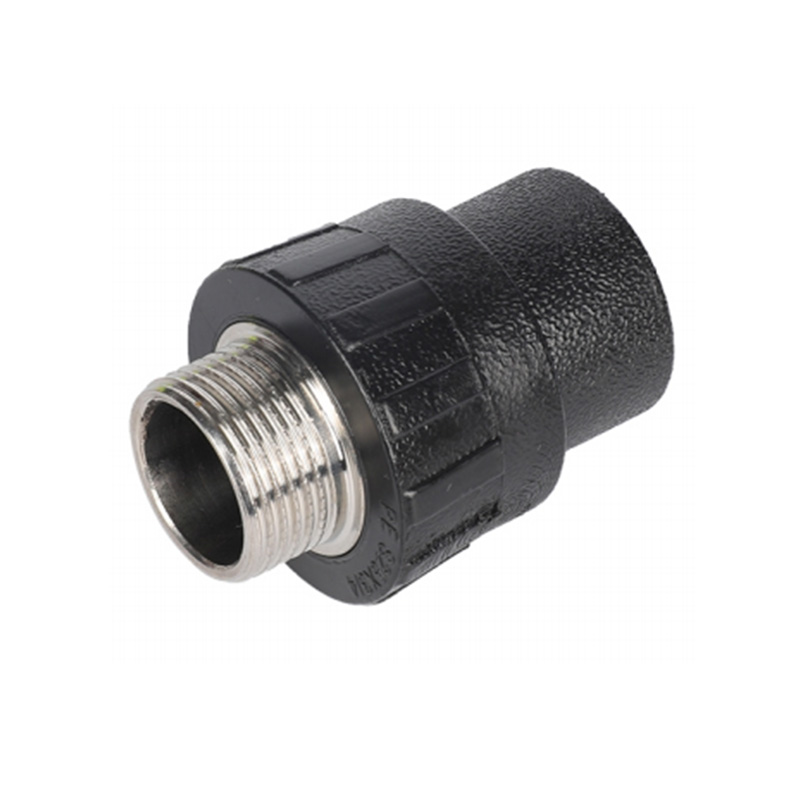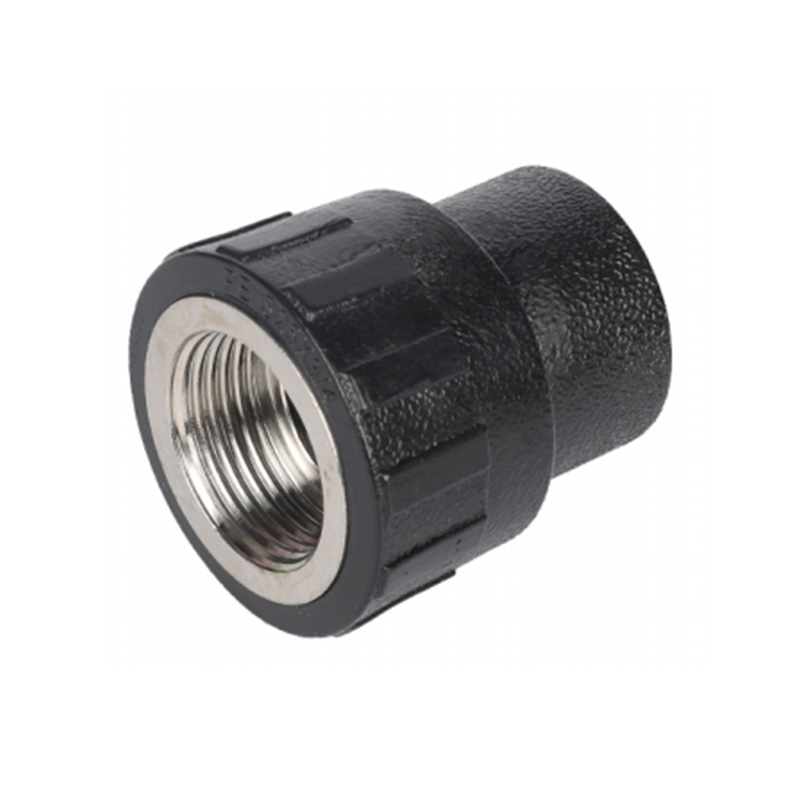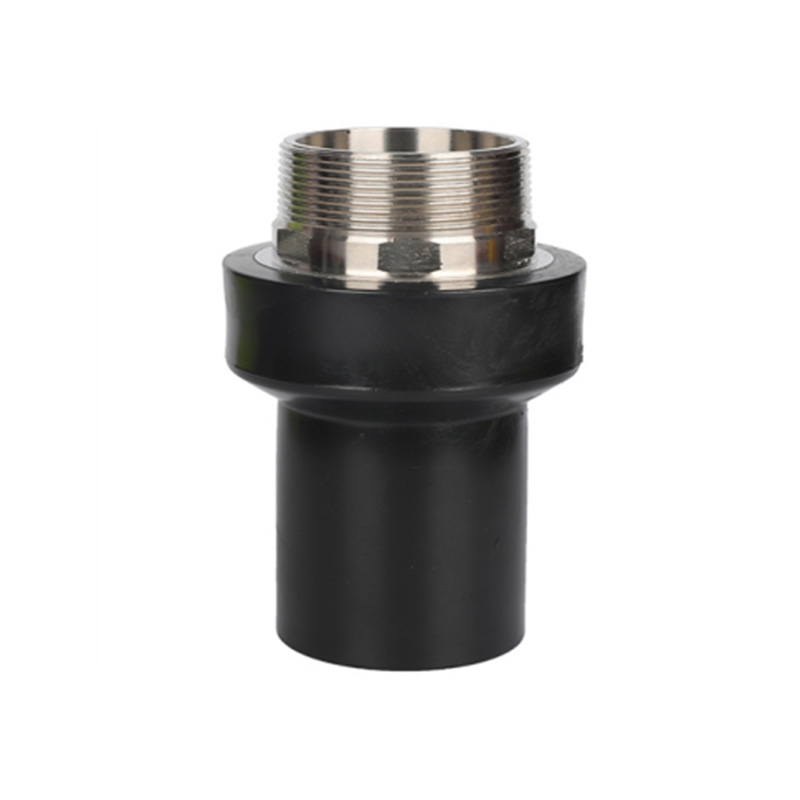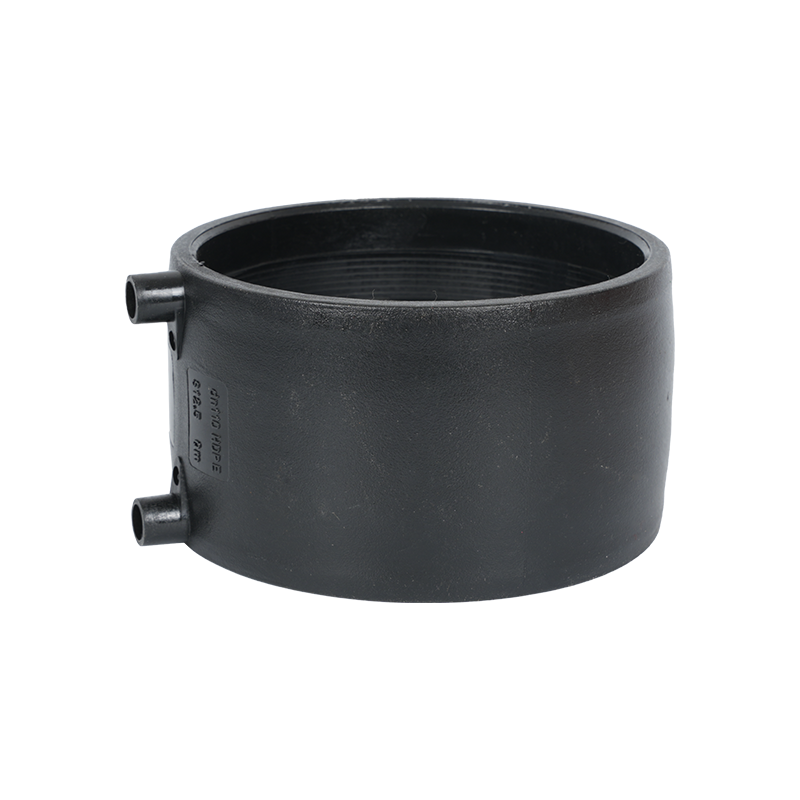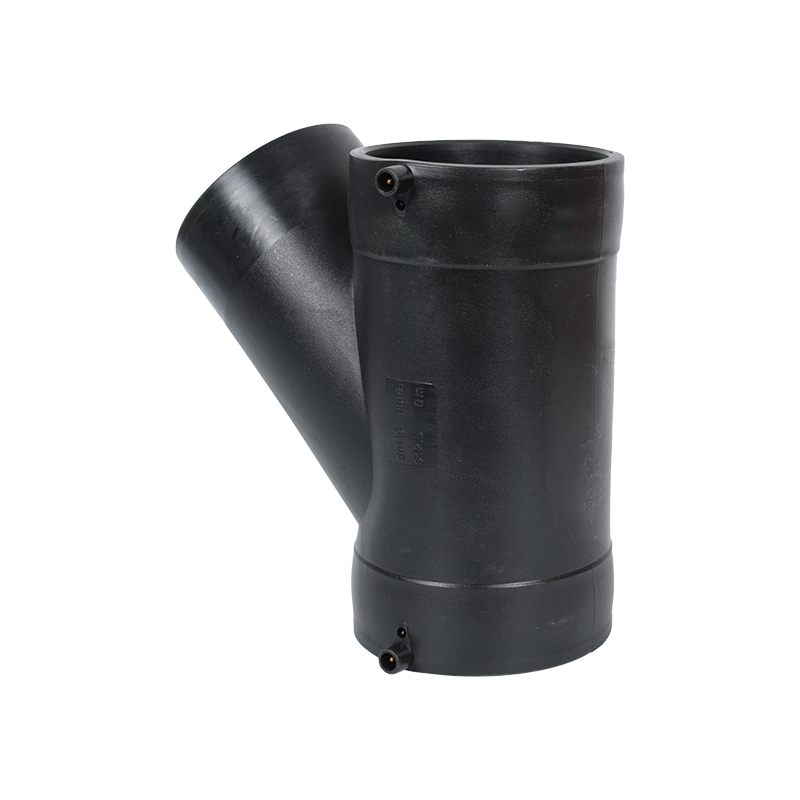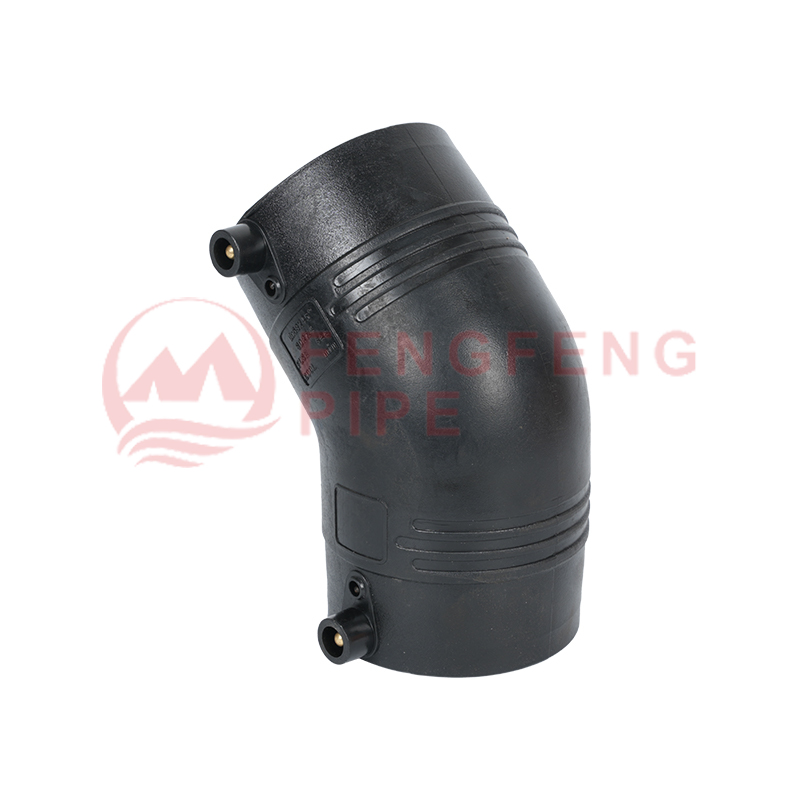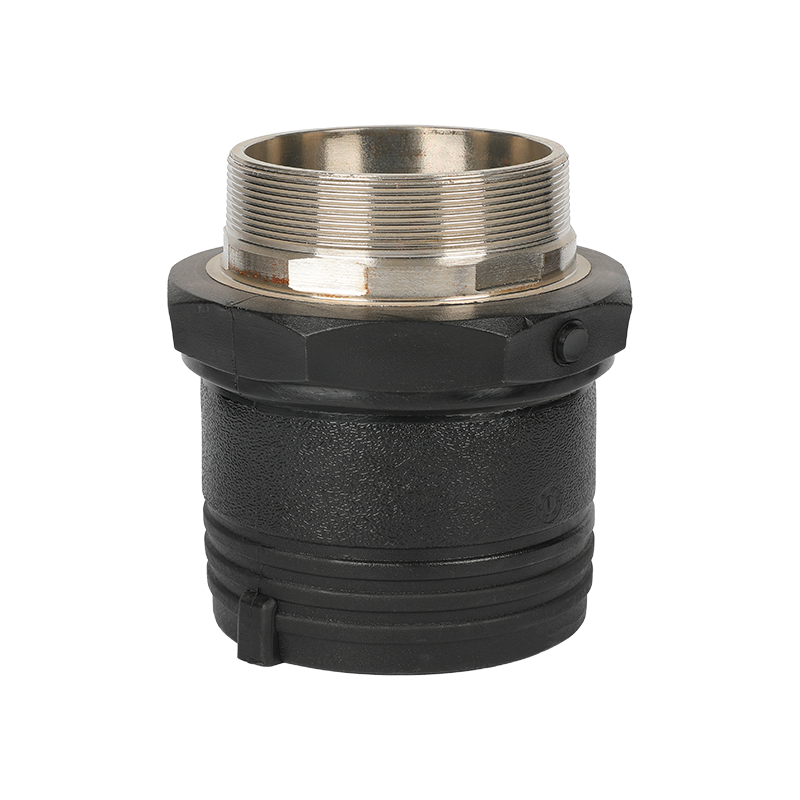What should I pay attention to when using hdpe socket fusion fitting
 2024.12.30
2024.12.30
 Industry news
Industry news
In modern pipeline engineering, HDPE (high-density polyethylene) pipes are widely used in water supply, drainage and other fluid transportation systems due to their excellent physical properties and chemical stability. In order to ensure the long-term stable operation of the HDPE pipe system, the socket fusion process is essential.
Material selection and quality control
Before carrying out HDPE pipe construction, material selection is the first step. It is important to ensure that the HDPE pipes and fittings used come from certified manufacturers and comply with national and international standards. The HDPE socket fusion pipe fittings provided by Zhejiang Fengfeng Pipe Industry undergo strict quality control to ensure the purity and impurity-free nature of the materials and comply with international standards such as ISO9001 and ISO14001. In addition, the material must be visually inspected before use to ensure that there are no defects such as cracks, scratches and deformations. At the same time, the production date and batch number must be verified to ensure the consistency and traceability of the material.
Construction environment and tool preparation
The construction environment of HDPE socket welding has a significant impact on the welding quality. The construction site should be kept dry and clean to prevent pollutants such as rain and dust from affecting the welding quality. At the same time, the ambient temperature should be controlled within an appropriate range. Too high or too low a temperature will affect the welding performance of the material.
In terms of tool preparation, ensuring that all construction tools are complete and functioning properly is the basis for successful welding. Required tools include heating plates, scrapers, clamps and presses. The selection of heating plates should be based on the diameter and material thickness of pipes and fittings to ensure uniform heating and reliable welding quality.
Key considerations for welding operations
During the welding operation, heating time and temperature are the core factors affecting the welding quality. Insufficient heating time or too low a temperature may result in a weak weld, while too long a heating time or too high a temperature may cause the material to burn or deform. Therefore, the heating time and temperature should be precisely controlled according to the specifications of the pipes and fittings and the manufacturer's recommendations.
During the welding process, it is crucial to ensure that the pipe is correctly inserted into the socket of the fitting and meets the insertion depth required by the design. At the same time, the pipe and fittings should be well aligned to avoid deflection or misalignment after welding. After welding is completed, the pipe and fittings should be pressed together immediately and a certain pressure should be maintained until the materials are completely cooled and solidified. The amount and duration of pressure should be adjusted according to the specifications of the pipe and fittings and the manufacturer's instructions.
Finally, to ensure the quality of welding, the connection parts need to be fully quality inspected. The inspection contents include the uniformity of welding and the presence of defects such as bubbles, cracks or slag inclusions. If necessary, non-destructive testing methods such as ultrasonic testing and X-ray testing can be used for further quality assessment. Through these strict testing methods, the reliability and safety of the HDPE pipe system can be effectively ensured.
KEEP IN TOUCH


